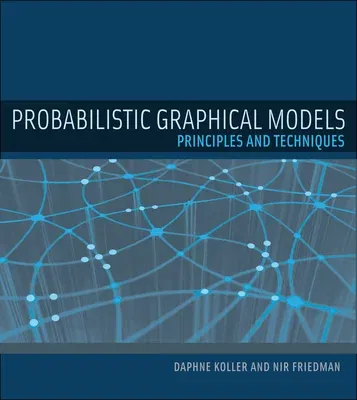A general framework for constructing and using probabilistic models of
complex systems that would enable a computer to use available
information for making decisions.
Most tasks require a person or an automated system to reason--to reach
conclusions based on available information. The framework of
probabilistic graphical models, presented in this book, provides a
general approach for this task. The approach is model-based, allowing
interpretable models to be constructed and then manipulated by reasoning
algorithms. These models can also be learned automatically from data,
allowing the approach to be used in cases where manually constructing a
model is difficult or even impossible. Because uncertainty is an
inescapable aspect of most real-world applications, the book focuses on
probabilistic models, which make the uncertainty explicit and provide
models that are more faithful to reality.
Probabilistic Graphical Models discusses a variety of models, spanning
Bayesian networks, undirected Markov networks, discrete and continuous
models, and extensions to deal with dynamical systems and relational
data. For each class of models, the text describes the three fundamental
cornerstones: representation, inference, and learning, presenting both
basic concepts and advanced techniques. Finally, the book considers the
use of the proposed framework for causal reasoning and decision making
under uncertainty. The main text in each chapter provides the detailed
technical development of the key ideas. Most chapters also include boxes
with additional material: skill boxes, which describe techniques; case
study boxes, which discuss empirical cases related to the approach
described in the text, including applications in computer vision,
robotics, natural language understanding, and computational biology; and
concept boxes, which present significant concepts drawn from the
material in the chapter. Instructors (and readers) can group chapters in
various combinations, from core topics to more technically advanced
material, to suit their particular needs.

